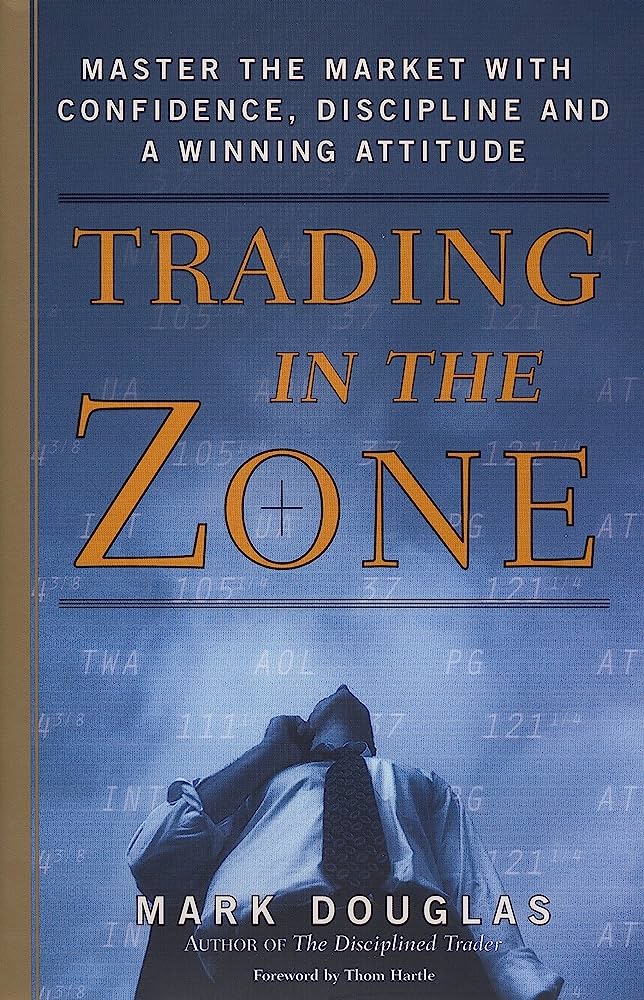The author reiterates his points throughout the book, which is filled with pop psychology and flawed scientific concepts used to support his arguments. In essence, if the book were condensed to its essential content, it could easily be transformed into a concise, informative five-page magazine article. Despite these shortcomings, the book holds significant value for traders. They could greatly benefit from revisiting its contents repeatedly.
For traders who struggle to achieve consistent success, it often means they hold certain beliefs that hinder their progress in the trading world. The key lies in identifying and neutralizing these detrimental beliefs, with the ultimate aim of eliminating fear and greed as guiding emotions. While this may appear straightforward in theory, putting it into practice is exceedingly challenging.
So, what beliefs should a trader adopt?
1) Accepting that anything can happen in the market.
2) Understanding that it’s possible to make profits without accurately predicting the next market move.
3) Recognizing that an edge in trading merely implies a random distribution of wins and losses based on specific variables.
4) Realizing that an edge signifies little more than the likelihood of one outcome occurring more frequently than another over a considerable number of trades.
5) Embracing the notion that every moment in the market is unique and can’t be entirely replicated.
Essentially, a trader’s objective should mirror that of a casino – keeping bet sizes relative to overall capital small to minimize the risk of catastrophic losses and focusing on finding and executing a consistent edge. This straightforward approach holds the key to success. However, the unfortunate reality is that the majority of traders fail due to their emotions (fear and greed) or other misguided beliefs (such as the ego’s need to be right) interfering with their decision-making.
The lesson is easy to comprehend, yet incredibly difficult to internalize fully. This is why it’s crucial to repeat and reinforce these principles repeatedly.
ABOUT THE AUTHOR




